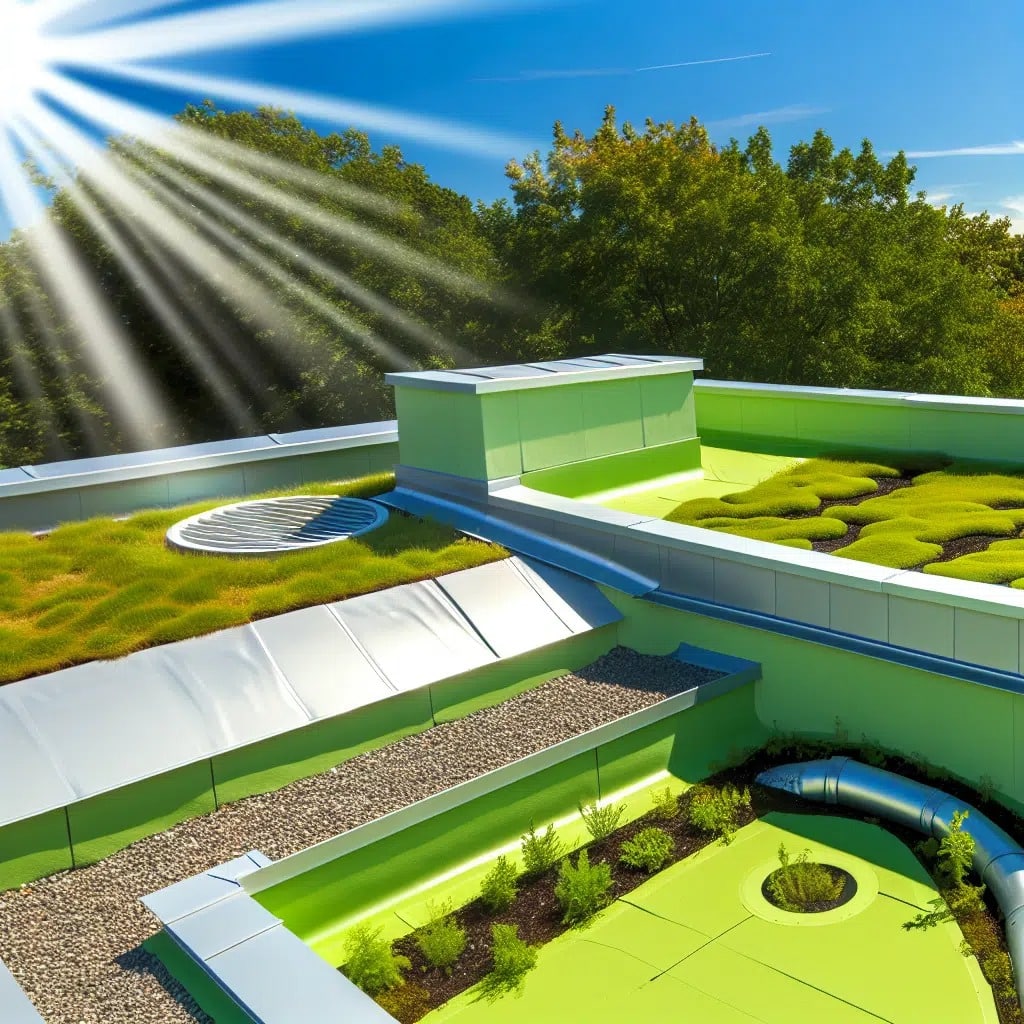The Best Time Is Now
If you’ve ever asked yourself “when to plant grass seed,” the answer is more pressing than you might think, especially in Warwick, RI. Our temperate New England climate presents a limited window to lay down your lawn’s foundation effectively. Right now, conditions are ripe; the soil is thawing from winter’s chill and life is returning to your garden. This transitionary period is crucial; miss it, and you may compromise the lushness of your lawn. The key is to seize the fleeting spring days, where the mild weather cooperates perfectly with your seeding efforts.
In Warwick’s transformative spring climate, waiting too long to plant can lead to competition with weeds and summer heat stress that young seedlings struggle to withstand. While conventional wisdom might say any time is a good time, science begs to differ, citing specific temperature ranges for optimal growth. It’s about striking the balance between warm enough soil for seed germination without the scorching summer sun that can parch your freshly sown seeds. Here, we disperse the fog surrounding optimal planting times, laying out the strategic timing essential to a robust lawn. By understanding these nuances, you position yourself at an advantage for a bountiful green expanse.
As sector experts, we’re here to demystify the seeding process, drawing upon years of cultivating Warwick’s finest lawns. In the following sections, you’ll glean insights that go beyond mere suggestions — they’re proven strategies for achieving a dense, resilient turf. This guidance is the culmination of local expertise tailored to the quirks of your regional landscape. Prepare to delve into nuances from soil prep to seed selection — all setting you up for success in the world of lawn care.
Expertise – Understanding Warwick’s Grass Seeding Dynamics
One of the first steps to a verdant lawn in Warwick is understanding the local soil’s unique composition. The soil here is diverse, ranging from rich loams to denser clays, each requiring a distinct approach to seed application and care. As the soil warms to an ideal seed-germinating temperature range between 50 to 65 degrees Fahrenheit, it’s the signal to start. This is where a tailored strategy for Warwick’s landscapes emerges, taking into account our specific regional climate idiosyncrasies. Knowing precisely when and how your soil is ready isn’t just guesswork — it’s rooted in science and local expertise.
Preparing your lawn for New England’s vibrant seasons means going beyond simple raking and watering. Here, meticulous soil preparation is tantamount to the successful establishment of fresh grass, beginning with the removal of weeds and debris to create a welcoming bed for new seeds. Loosening the topsoil and amending it with organic matter provides a fertile cradle for your desired greenery – a process we’ve carefully refined to suit local conditions. This approach mitigates common concerns, ensuring that every seed sown is a step closer to a luxuriant lawn. It’s this level of detail that transforms good intentions into great outcomes, and it’s part of our commitment at Rinaldi Roofing.
Watering newly planted grass seed in our region requires not just attention, but precision. We recommend a gentler, frequent watering schedule that keeps the soil consistently moist without waterlogging. This delicate balance promotes the seeds to germinate and take root effectively without the threat of rot or displacement. Ensuring that your nascent grass has the right amount of moisture can be the difference between a mediocre lawn and the plush, green tapestry you aspire to. Implementing these insights into your lawn care regimen is sure to yield a landscape that will be the envy of the neighborhood.
Final Notes – Securing a Lush Spring Lawn
With the foundation for a stunning lawn now laid, the focus shifts to nurturing and protecting your investment. Fertilization plays a pivotal role in this stage, with starter fertilizers offering the nutrients essential for burgeoning grass. These specially-formulated products give your seedlings a much-needed boost, supporting root development and early growth. Ensuring you select the right fertilizer tailored for seeding will dramatically influence your lawn’s health and longevity. It’s a simple step that can solidify the efforts you’ve already made, setting up your grass for success.
Addressing shaded areas presents its own set of challenges, but with the correct approach, it’s far from a lost cause. Even in less sunny spots, certain resilient grass varieties can flourish with the proper care. Remember to consider the specific lighting conditions of your lawn and choose seed types accordingly, which may involve trimming back overhanging branches to let in more light. Coupled with regular, mindful watering, these seemingly minor adjustments can make a major difference, facilitating uniform growth across your entire lawn. It’s these careful considerations that exemplify the expertise we offer at Rinaldi Roofing.
In conclusion, the journey to a dense and healthy lawn is well within your reach, especially with the insights shared here. From the critical timing of your seed planting to the nuanced care of your growing grass, every step matters. Take these tips, crafted from years of local Warwick experience, and implement them confidently. The result will be a lawn that not only looks spectacular but is a testament to the careful attention and informed decisions that went into its creation. As your lawn thrives with these best practices, it stands as a reflection of your dedication to excellence and the wisdom of seeking out expert advice.
Insights From The Experts
Tip 1:
Choose a grass seed that’s well-suited for the unique climate of Warwick, RI—cool-season grasses like Kentucky bluegrass and fescue thrive in the fluctuating New England weather conditions.
Tip 2:
To ensure optimal seed germination, water your new grass seedlings lightly but consistently. Aim for a moist—not waterlogged—soil, which might mean watering once or twice daily, especially during dry spells.
Tip 3:
Incorporate a starter fertilizer into your soil preparation routine to provide essential nutrients that encourage healthy root development for your new grass. Look for fertilizers specifically formulated for seeding to get the best results.
Tip 4:
When prepping your lawn for new seed, take the time to aerate and remove debris. A clean, loose soil bed allows seeds to make direct contact with the soil, which is critical for sprouting and establishing roots.
Tip 5:
For shaded areas, opt for shade-tolerant grass varieties, or consider adapting your landscaping to suit the light conditions. Remember, even shade-resistant seeds require some light, so trimming overhanging branches may be necessary.
Expert Insights on Lawn Seeding
What’s the best type of grass seed for Warwick’s climate?
For Warwick’s varying weather, cool-season grasses like Kentucky bluegrass and fine fescue are ideal, as they’re hardy and can thrive in the moderate Rhode Island temperatures.
How often should I water new grass seeds in the spring for optimal growth?
New grass seeds require consistent moisture to germinate properly, so plan for daily light watering unless rainfall is sufficient to keep the soil moist, but not waterlogged.
Are there specific lawn fertilizers I should use when seeding my grass in Warwick?
Yes, using a starter fertilizer formulated for new seedlings will provide the necessary nutrients for your grass to establish strong roots and vigorous early growth in Warwick’s soil conditions.
How do I prepare my soil in Warwick before planting grass seed to ensure it takes root?
Begin by clearing debris and loosening the soil to about 2-3 inches deep; then, work in organic compost to enrich the soil and promote better seed-to-soil contact for improved germination.
Can I plant grass seed in shaded areas of my lawn, or do I need special seed?
Even in shaded areas, you can achieve a lush lawn with shade-tolerant grass seed varieties; however, it’s crucial to ensure some light penetration by possibly trimming overhanging branches.



